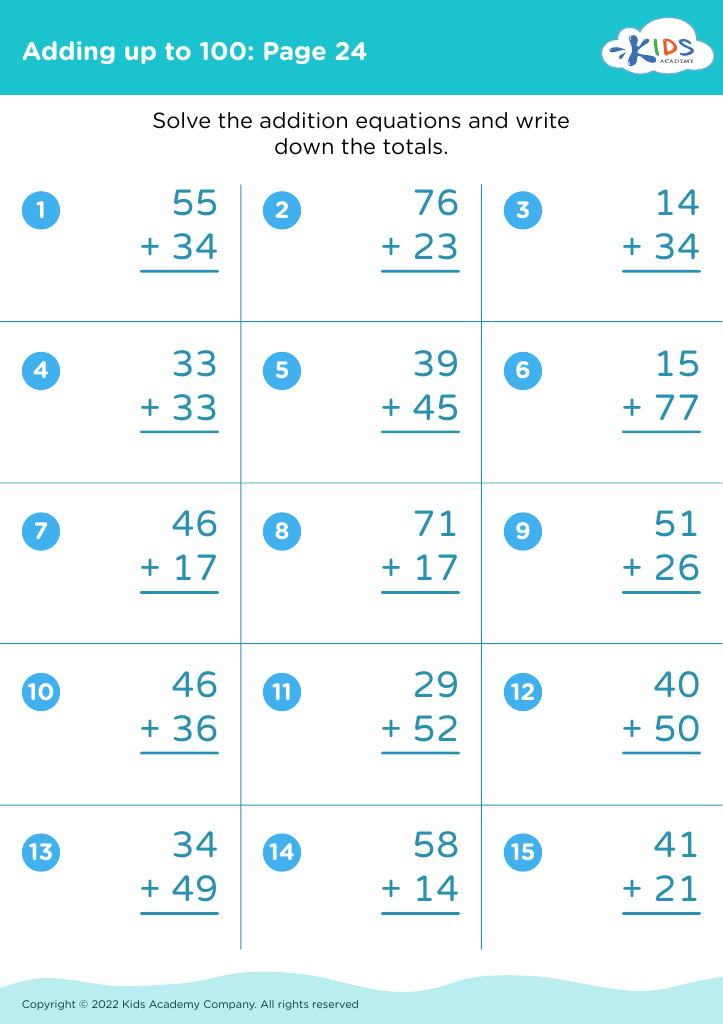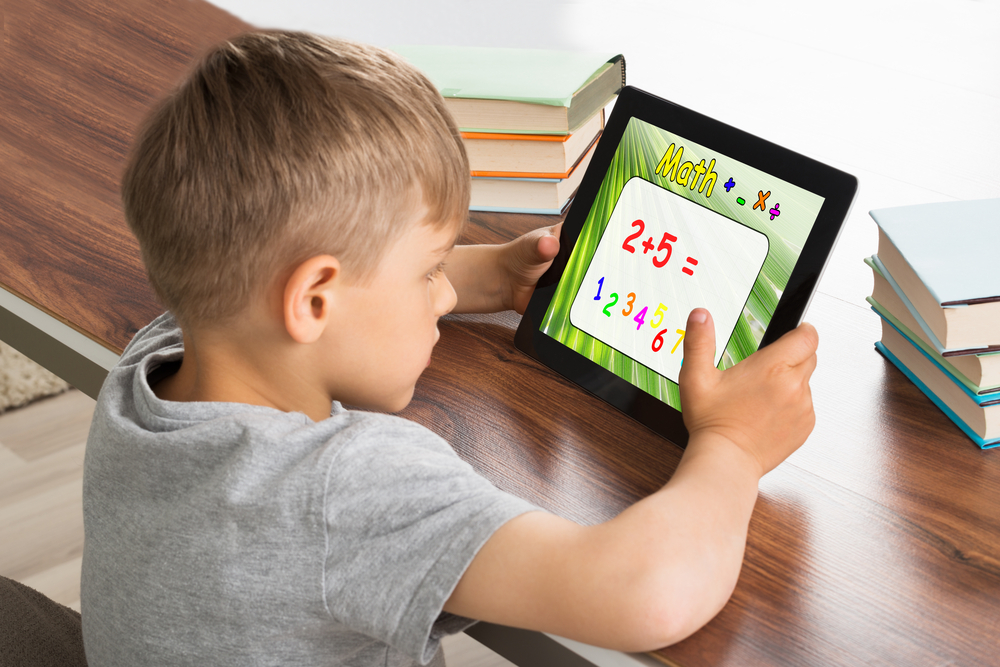Foster color identification Worksheets for Kids
1 filtered results
-
From - To
Question/Answer
How to train the Foster color identification skill in Grade 2 students learning about Adding up to 100 Misc?
To train Grade 2 students in Foster color identification while learning Adding up to 100 Misc, integrate color-coded number cards or blocks. Assign different colors to different number ranges (e.g., 1-20 in red, 21-40 in blue, etc.). Through activities like sorting, grouping, and adding these colored items, students can visually associate number ranges while enhancing their addition skills.
How does the mastery of the Foster color identification skill affect a student's performance at an early age?
The mastery of the Foster color identification skill at an early age positively impacts a student's performance by enhancing visual learning, cognitive development, and critical thinking abilities. It improves memory retention, attention to detail, and categorization skills, which are foundational for academic success in reading, mathematics, and science, fostering an overall enriched educational experience and better academic outcomes.
What are some effective activities to train students’ Foster color identification skill when teaching them about Adding up to 100 Misc?
To enhance students' color identification skills in the context of adding up to 100, engage them in activities such as color-coded number cards for sorting sums, interactive coloring sheets where color corresponds to specific sum ranges, and collaborative mural projects where they paint sections based on calculated sums.




.jpg)

.jpg)






